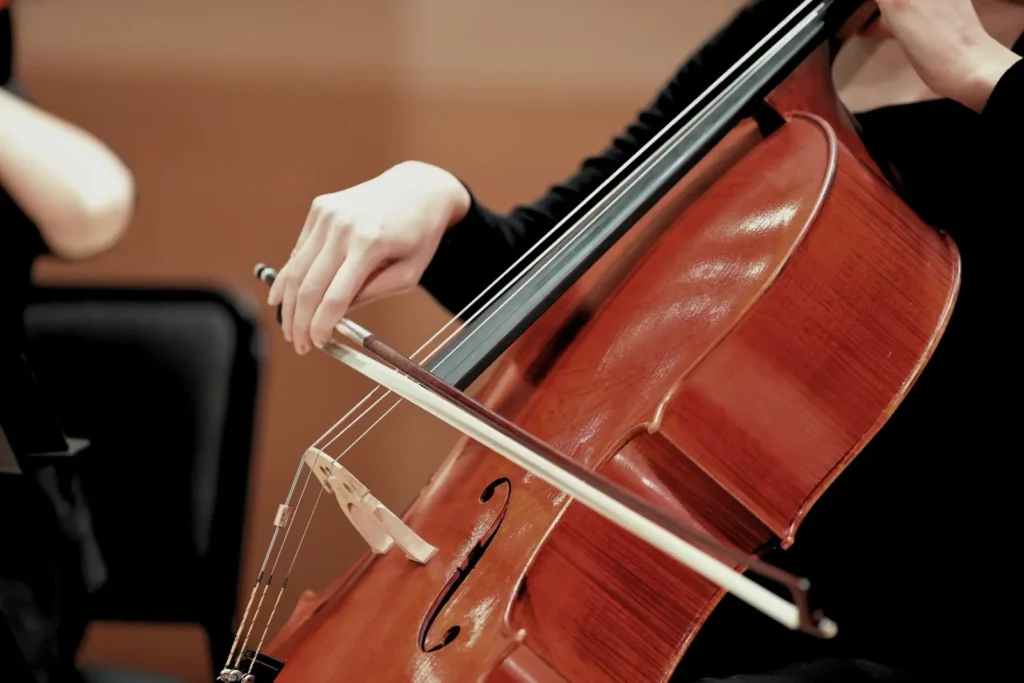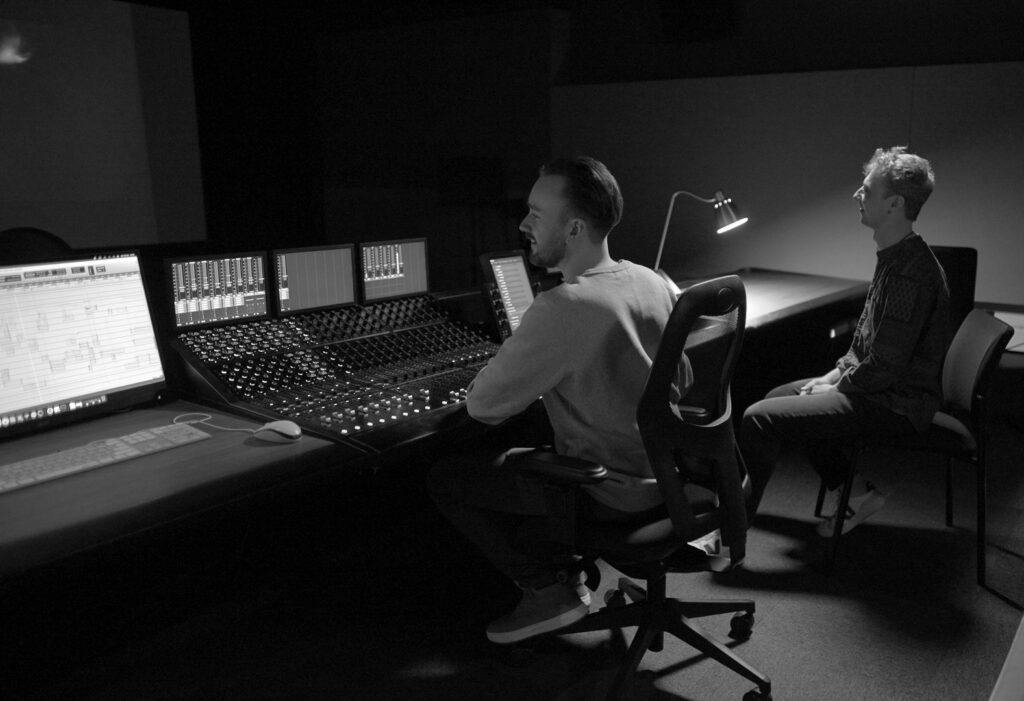Overtones are fundamental to our perception of sound; when anything makes a sound – whether the bellow of a trombone, an operatic voice, or a door slamming – it doesn’t just produce one single pitch. Instead, it creates a mix of different frequencies, with the primary frequency (called the fundamental) establishing the perceived pitch and the rest (overtones) shaping the unique quality and timbre of the sound. In other words, overtones are any frequencies above the fundamental that contribute to the overall character of a sound.

Why do they matter?
Overtones are the reason why every instrument and voice has its own unique sound. Without them, everything would sound pretty dull – like a robot playing a basic tone. Some instruments highlight lower, warmer overtones (like the deep, velvety tone of a bass clarinet), while others emphasise brighter, higher overtones (like the brilliance of the trumpet). Even human voices rely on overtones – this is why two people can sing the same note but sound completely different. The unique combination of overtones in each person’s voice is what makes it instantly recognisable. The way overtones are blended and amplified creates the rich variety of tones we hear in everyday life.
How do we work with Overtones?
Overtones play a huge role in how sound and music make us feel. By shaping the complex layers of frequencies within sounds, composers and sound designers can add depth, texture, and character. This could involve enriching a musical moment with subtle harmonic detail, or reshaping sounds to create entirely new, emotionally resonant effects – each approach using overtones to bring sound to life.
- Harmonics: Overtones that have frequencies that are multiples of the fundamental frequency are called harmonics. Because they’re mathematically related to the fundamental pitch, and follow a clean, predictable pattern (the harmonic series) our ears are often drawn to them as they sound ‘in tune’. Composers use harmonics to help shape the sound and emotional quality of their music. For example, string players can play natural harmonics by lightly touching the string at specific points, producing high, bell-like tones – often used as an atmospheric effect in scores. Similarly, adding gentle saturation or distortion to a sound introduces more harmonics, which can make a dull effect feel warmer, fuller, or more powerful – without drastically changing the sound itself. This technique is often used to help certain elements cut through a mix and feel more emotionally engaging.

- Creating Unique Sounds: What gives a sound its impact is often hidden in its overtones. Sound designers don’t just layer sounds – they sculpt the harmonic and inharmonic content to create something with depth, character, and believability. Take a monster roar, for example. A lion’s growl might provide the low, rumbling fundamentals, while a slowed-down brass instrument adds rich, resonant harmonics. On top of that, digital processing might introduce high-frequency overtones – some natural, some synthetic – adding tension and aggression. The result isn’t just louder or more complex; it’s a sound with a carefully shaped mix of overtones, triggering a layered emotional response – tapping into instinct, emotion, and imagination all at once.

“Sound designers don’t just layer sounds – they sculpt the harmonic and inharmonic content to create something with depth, character, and believability.”
So why are we called Overtone?
Overtones are the building blocks of how we perceive sound. They add texture and emotion – turning simple vibrations into something rich and meaningful. In the same way, we believe that great storytelling in film, TV, and media isn’t just about music or sound design in isolation; it’s about how they come together to create something greater than the sum of their parts.
Overtones shape how we experience every sound – subtle, powerful, and essential. That’s why the name Overtone felt right for us: it speaks to our belief that music and sound are inseparable, and most powerful when crafted together. We craft immersive, high-quality music and sound that enhances every moment on screen. Whether it’s the delicate resonance of a single note or the complex layers of a cinematic soundscape, we shape overtones to connect music, sound, and emotion in every project.


